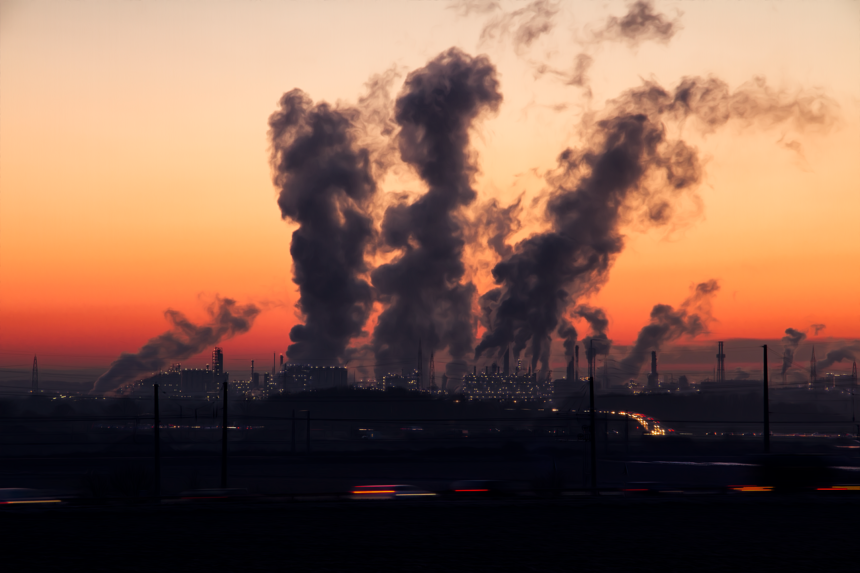Photo by SD-Pictures on Pixabay
“Pollution,”a term commonly heard but often misunderstood, refers to the introduction of harmful substances or energy forms into the environment at a rate faster than they can be absorbed or safely stored. These substances, known as pollutants, can adversely impact the natural world and human health, making pollution a significant environmental concern. This comprehensive guide will delve into the intricacies of pollution, exploring its types, impacts, history, and what we can do to reduce it.
What is Pollution?
Pollution, in its simplest form, is the degradation of the natural environment due to the introduction of contaminants. These pollutants can be either artificial or natural, such as plastic or radioactive material, and can take the form of solid, liquid, or gas. Pollution can also refer to excessive human activity, such as light and noise pollution, that disrupts the environment’s natural balance.
Different Types of Pollution
Air Pollution
Air pollution is one of the most pervasive types of pollution. It is primarily caused by the emission of harmful substances from various sources, including industries, vehicles, and household activities. Notable air pollutants include sulfur dioxide, nitrogen oxides, carbon monoxide, and particulate matter. The World Health Organization (WHO) estimates that air pollution kills 7 million people annually, making it a substantial public health concern.
Water Pollution
Water pollution occurs when harmful substances contaminate a water body, disrupting the balance of aquatic ecosystems. This type of pollution can be caused by industrial waste, sewage, agricultural runoff, and chemical spills. It can lead to the death of aquatic life and make the water unsafe for human consumption and use.
Soil or Land Pollution
Soil pollution, or land pollution, is the contamination of the earth’s surface by both natural and human-made factors. Industrial activities, agricultural chemicals, waste disposal, and accidental oil spills are common sources of land pollution. This form of pollution can have devastating effects on plant and animal life, disrupt natural ecosystems, and contaminate food crops.
Noise Pollution
Noise pollution, often overlooked, refers to unwanted or harmful sound that disrupts the environment and harms human and animal life. Common sources of noise pollution include industrial machinery, vehicles, loud music, and construction activities. Prolonged exposure to high levels of noise can lead to health issues like stress, hearing loss, sleep disorders, and heart disease.
Light Pollution
Light pollution is the excessive, misdirected, or obtrusive artificial light produced by human activities. It disrupts not only human circadian rhythms but also those of other organisms, affecting their feeding, reproductive, and migration patterns. Furthermore, light pollution hampers the visibility of stars and celestial bodies, affecting astronomical research.
The History of Pollution
Pollution is not a recent phenomenon. It has accompanied human societies since the formation of the earliest settlements. As human populations grew and industrial activities expanded, pollution levels soared. The industrial revolution marked a significant turning point, with the burning of coal for fuel leading to substantial air and water pollution.
The Impact of Pollution on the Environment and Human Health
The environmental impacts of pollution are vast and multifaceted. Pollution can degrade natural habitats, kill flora and fauna, and disrupt ecosystems’ balance. Moreover, certain types of pollution, such as greenhouse gas emissions, contribute to climate change, causing global temperatures to rise and leading to extreme weather events.
From a human health perspective, pollution is a significant risk factor for a range of diseases and health conditions. Air pollution, particularly fine particulate matter (PM2.5), has been linked to heart disease, stroke, lung cancer, and chronic respiratory diseases. Similarly, exposure to polluted water can lead to diseases like cholera, dysentery, typhoid, and polio.
Strategies to Combat Pollution
Addressing pollution requires a multi-pronged approach, encompassing changes in individual behavior, policy interventions, and technological innovations.
Individual Actions
Individuals can play a crucial role in mitigating pollution. Simple actions, such as reducing waste, recycling, composting, conserving energy, and using public transportation, can significantly reduce one’s pollution footprint.
Policy Interventions
Governments have a pivotal role in combating pollution. Regulatory measures, such as setting emission standards for industries and vehicles, implementing waste management systems, and promoting renewable energy, can drastically reduce pollution levels.
Technological Innovations
Technological advancements can also contribute to pollution reduction. For example, the development of clean energy technologies, waste-to-energy conversion methods, and pollution control technologies can help mitigate pollution.


